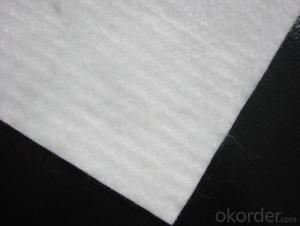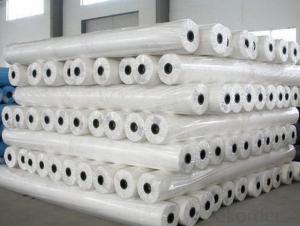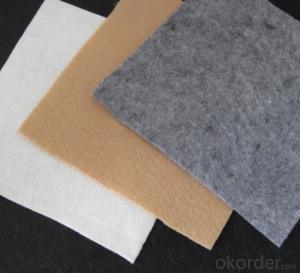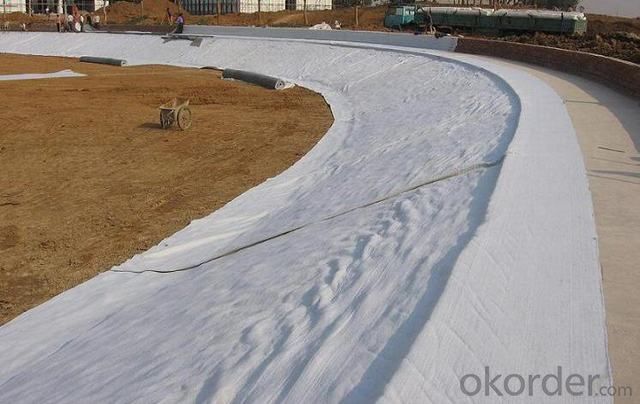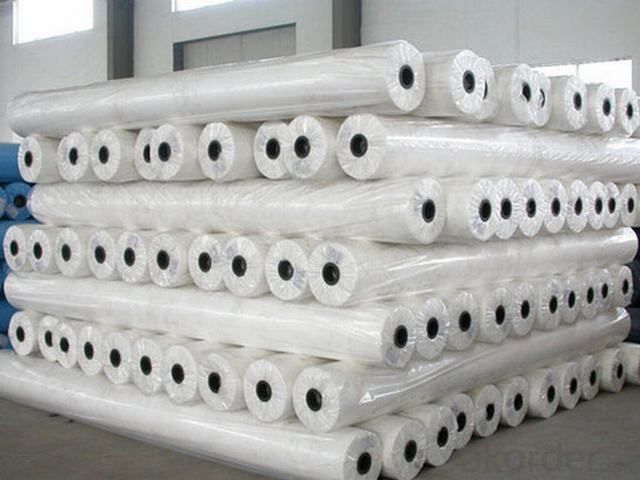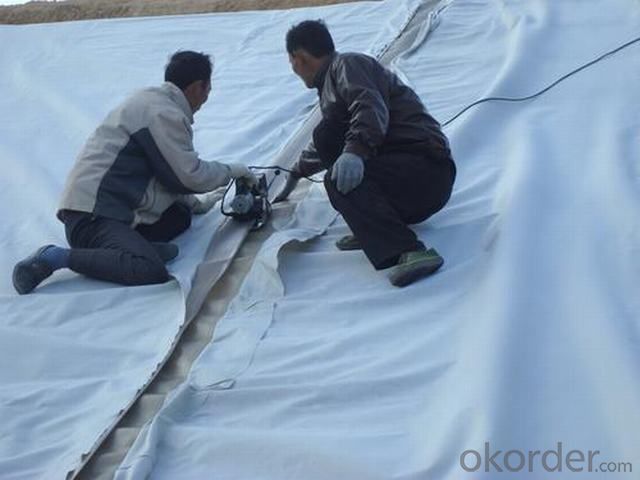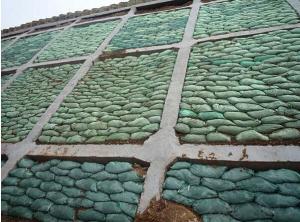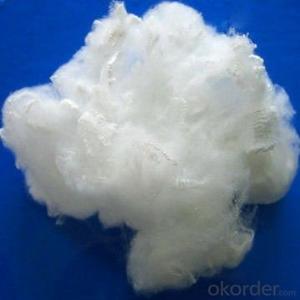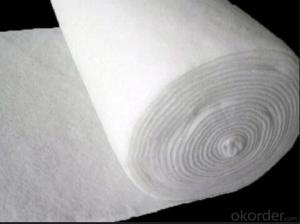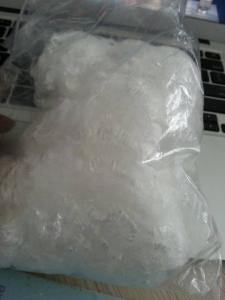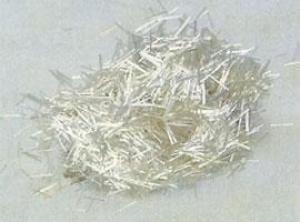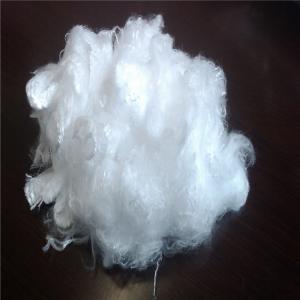PP Short Staple Fiber Geotextile with High Quality
- Loading Port:
- Qingdao
- Payment Terms:
- TT or L/C
- Min Order Qty:
- 10000 m²
- Supply Capability:
- 100000 m²/month
OKorder Service Pledge
OKorder Financial Service
You Might Also Like
(1) Product introduction
Short fiber knitting geotextile takes the polypropylene fiber or the polyester fiber short fiber as the primary material, after blooms the pine ,to comb, disorderly, craft productions so on shop net, acupuncture to become.
(2) Product features
1. Net holes are easy foe blockage, since net structure formed by indefinite fiber has variable and motility.
2. It has high permeation and can keep good permeation under the pressure of earthwork.
3. It has corrosion resistance, uses chemical fiber such as polypropylene or Dacron as raw material, has acid and alkali resistance, hasn’t corrosion or moth-eaten and has oxidation resistance.
4. It has convenient construction, small weight and convenient uses.
(3) Application range
1. It isolates building material with different physical features, makes two or multiple material with out erosion or mixing, keeps overall structure and functions of material and makes load bearing capacity of structure strength.
2. When water flows into coarse soil layer from fine soil layer, it uses good gas and water permeation of knitting geotechnical cloth, allows water flow to pass and effectively holds back soil particle, fine sand and small stone so as to keep stability of water conservation project.
3. Knitting geotechnical cloth is good water guide material, and can form drainage channel in soil body and remove excessive liquid and gas from soil structure.
4. It uses knitting geotechnical cloth to strengthen tension resistance strength and deformation capacity of soil body, to strengthen stability of structure and to improve soil body quality.
5.It effectively diffuses, transmits or decomposes central stress and prevents soil body damage caused by functioning of external force.
6. Knitting geotechnical cloth matches other material(mainly including asphalt or plastic or plastic film) and forms non-permeation isolation layer (mainly using for relaying and repair of highway).
7. Knitting geotechnical cloth can be widely used in various fields such as water conservation, hydropower, highway, railway, port, airport, sport field and gymnasium, tunnel, coastal beach land, reclaiming land and environmental protection and play the functions such as isolation, filter, drainage, reinforcement, protection and enclosure.
Product technical details:
Short fiber knitting geocloth | ||||||||||||
Specification | 100 | 150 | 200 | 250 | 300 | 350 | 400 | 450 | 500 | 600 | 800 | Remark |
Quality deviation per unit acreage % | -8 | -8 | -8 | -8 | -7 | -7 | -7 | -7 | -6 | -6 | -6 | |
Thickness, mm≥ | 0.9 | 1.3 | 1.7 | 2.1 | 2.4 | 2.7 | 3 | 3.3 | 3.6 | 4.1 | 5 | |
Width deviation for range, % m | -0.5 | |||||||||||
Mightiness at break, KN/M ≥ | 2.5 | 4.5 | 6.5 | 8.0 | 9.5 | 11.0 | 12.5 | 14.0 | 16.0 | 19.0 | 25.0 | Vertical and horizontal |
Elongation at break, % | 25-100 | Vertical and horizontal | ||||||||||
CBR bursting strengthk, KN ≥ | 0.3 | 0.6 | 0.9 | 1.2 | 1.5 | 1.8 | 2.1 | 2.4 | 2.7 | 3.2 | 4.0 | |
Effective aperture O90 | 0.07-0.20 | |||||||||||
Vertical osmotic coefficient,cm/s | K*(10-1-10-3) | K=1.0-9.9 | ||||||||||
Tearing strength, KN≥ | 0.08 | 0.12 | 0.16 | 0.2 | 0.24 | 0.28 | 0.33 | 0.38 | 0.42 | 0.46 | 0.6 | Vertical and horizontal |

FAQ of our geotextile:
- Q: What can we do for the special customer?
A: Provide custom made service with customer's drawing; We make sure to provide you with the best solutions for your individual case. Whether standard items or non-standard items.
- Q: What can we supply?
A: We provide high levels of communication from start to finish.
- Q: What is our advantage?
A: Top Cemented Carbide has extensive business experience, Fast delivery and high quality.
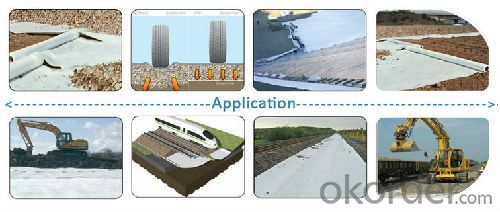

- Q: Can geotextiles be used for separation of different soil layers?
- Yes, geotextiles can be used for the separation of different soil layers. Geotextiles are permeable fabrics that can be placed between different soil layers to prevent mixing and maintain their distinct properties. They act as a barrier, allowing water to pass through while preventing the migration of fine particles. This separation helps in enhancing the stability and performance of the soil layers, reducing the risk of settlement and maintaining the integrity of the construction project.
- Q: Polypropylene geotextile and polyester geotextile with the naked eye how to distinguish
- Polypropylene compared to white, polypropylene fiber than polyester fiber density point, anti-aging anti-aging of polypropylene, polyester aging,
- Q: How do geotextiles help in reducing soil compaction?
- Geotextiles help in reducing soil compaction by distributing the load from heavy vehicles or equipment over a larger area, thereby minimizing the pressure exerted on the soil. This prevents the soil particles from being compressed tightly together, allowing for better soil structure and drainage.
- Q: Geotextile 500 grams is what it means
- 500g per square meter of quality, I professional production geotextile geomembrane, wish smooth
- Q: How do geotextiles help in vegetation establishment?
- Geotextiles help in vegetation establishment by providing a stable and favorable environment for plant growth. They prevent soil erosion, retain moisture, and control weed growth. Additionally, geotextiles enhance root development and protect young plants from harsh weather conditions, allowing them to establish and flourish more effectively.
- Q: How do geotextiles help with soil separation in subgrade improvement projects?
- Geotextiles are used in subgrade improvement projects to separate different soil layers, preventing them from mixing. They act as a barrier, allowing water to pass through while preventing the migration of fine particles. This helps to maintain the stability and strength of the subgrade, reducing the risk of settlement and soil erosion.
- Q: How do geotextiles aid in the reduction of frost heave?
- Geotextiles aid in the reduction of frost heave by providing a barrier between the soil and the freezing temperatures, which helps to prevent the migration of water and the subsequent expansion of ice within the soil. This helps to minimize the upward pressure that causes frost heave, ultimately reducing the potential damage to structures or infrastructure.
- Q: Geotextile is what to do with
- Geotextile is reinforced and segregated, reinforced mainly to enhance the ability of materials to shear and tensile deformation, to prevent the reflection of cracks in the road; isolation is the separation of different materials to maintain their performance; because the geotextile itself is not waterproof, In the old road renovation over the asphalt mixture will form impermeable complex, in addition to preventing cracks will have a certain waterproof effect. The roadbed refers to the strip structure that is built on the basis of the route position and certain technical requirements. It is the basis of the railway and the road. The roadbed is a linear structure made of soil or stone. Built in good geological, hydrological, climatic conditions under the roadbed. From the material points, subgrade can be divided into soil subgrade, stone roadbed, earth and rock roadbed three.
- Q: How do geotextiles help with subgrade separation in pavement systems?
- Geotextiles help with subgrade separation in pavement systems by acting as a barrier between the subgrade soil and the overlying base and subbase layers. They prevent the mixing of these layers, which can lead to contamination and reduced structural integrity of the pavement. Additionally, geotextiles enhance the load distribution and drainage capabilities of the pavement system, improving its overall performance and longevity.
- Q: National standard geotextile and non - standard how to distinguish
- Detection data are different. Appearance quality is also more obvious.
1. Manufacturer Overview
| Location | Taian City,Shandong Province,China |
| Year Established | 2008 |
| Annual Output Value | Above US$100 Million |
| Main Markets | Africa, Oceania, North America, Western Europe, Eastern Asia |
| Company Certifications | ISO9001;IS014001 Certificate |
2. Manufacturer Certificates
| a) Certification Name | |
| Range | |
| Reference | |
| Validity Period |
3. Manufacturer Capability
| a) Trade Capacity | |
| Nearest Port | Qingdao Port;Tianjing Port;Shanghai Port |
| Export Percentage | |
| No.of Employees in Trade Department | 21-30 People |
| Language Spoken: | English; Chinese; |
| b) Factory Information | |
| Factory Size: | 10,000-30,000 square meters |
| No. of Production Lines | Above 10 |
| Contract Manufacturing | Geotechnical Material (Geogrid,Fiberglass/Polyester Geogrid,Geocell,Geonet and Geomat,Plastic Safety Fence) |
| Product Price Range | Average |
Send your message to us
PP Short Staple Fiber Geotextile with High Quality
- Loading Port:
- Qingdao
- Payment Terms:
- TT or L/C
- Min Order Qty:
- 10000 m²
- Supply Capability:
- 100000 m²/month
OKorder Service Pledge
OKorder Financial Service
Similar products
Hot products
Hot Searches
Related keywords

